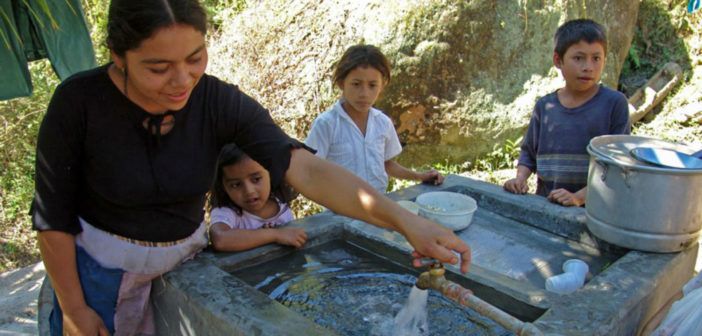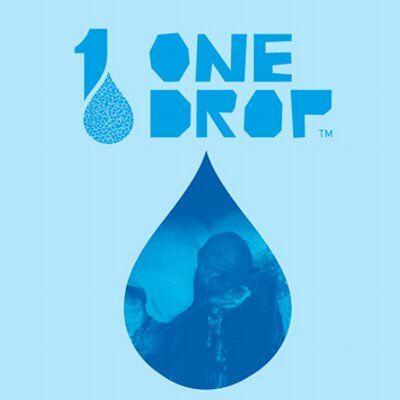Investors Pour $25 Million for WASH in Latin America
Published on by Water Network Research, Official research team of The Water Network in Social
Investors are pouring $25 million into an initiative to improve access to water and sanitation in some of the poorest countries of Latin America.

A family collects clean water from a new water system in Agua Caliente. (Inter-American Foundation/Flickr)
The initial investment was announced over the weekend by the FEMSA Foundation, Coca-Cola Latin America, the Inter-American Development Bank (IDB) and the One Drop Foundation – an organization founded by the creator of Cirque du Soleil, Guy Laliberté.
“Our mission is to complement government programs with capitals of private initiative, to create social change in trying to change habits of hygiene and sanitation,” said Mariano Montero, director of the FEMSA Foundation.
The initiative aims to improve water and sanitation for 200,000 people across México, Guatemala, Nicaragua, Colombia and Paraguay before 2021.
 The investment is the second phase of the Lazos de Agua (“Water Bonds”) program, which was started in 2013 with an initial $12.3 million investment from the FEMSA Foundation, Coca-Cola Latin America and Millenium Water Alliance.
The investment is the second phase of the Lazos de Agua (“Water Bonds”) program, which was started in 2013 with an initial $12.3 million investment from the FEMSA Foundation, Coca-Cola Latin America and Millenium Water Alliance.
The two-year plan benefited 110,000 people and invested in improved sanitary infrastructure and hygiene habits in 196 communities in Colombia, Guatemala, Honduras and Mexico.
According to FEMSA’s website, the program also created a learning platform that helps the transfer of best practices between the implementing partners in the different countries.
The World Bank estimates that 1,800 people will live in countries or regions with total water scarcity by 2025, mainly due to the demographic explosion in urban areas and over-exploitation of groundwater.
Latin America has more water sources than any other region in the world, yet 36 million of its people – six times the total population of Nicaragua – still lack access to drinking water.
Water shortage is acute in Sao Paulo, the largest city in the Americas, which is suffering its most severe drought in 80 years. In Bolivia, melting glaciers exacerbate the effects of an ill-planned water system, which has led to the longest and deepest drought in the Andean country’s recent history.
Read more at: Humanosphere
Media
Taxonomy
- Public Health
- Water Access
- Groundwater
- Sanitation
- Water & Sanitation
- Sanitation & Hygiene
- Drinking Water
- Sanitation and Hygiene
- Water Sanitation & Hygiene (WASH)